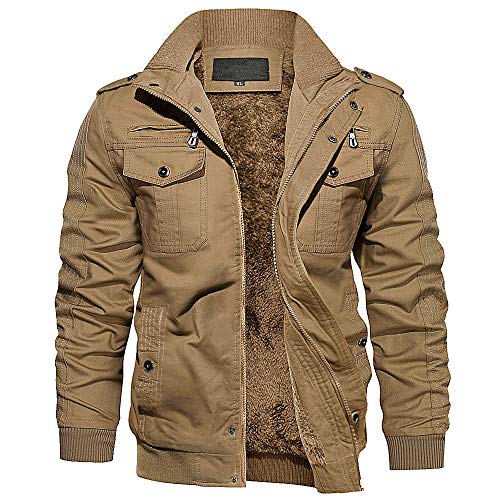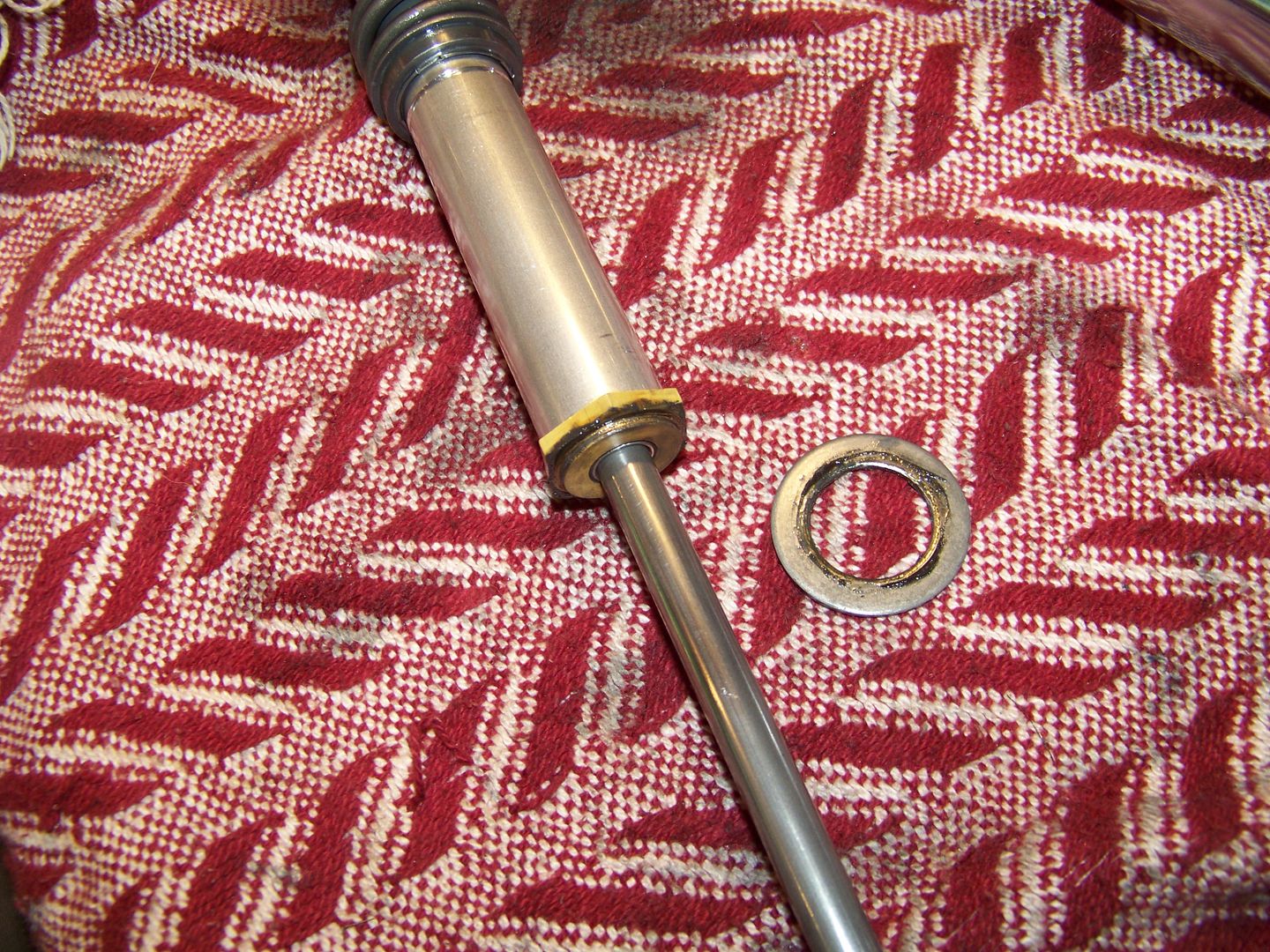TownsendsFJR1300
Well-known member
What keeps the seal from blowing out the fork tube itself is the spring retainer(for an 04 FJR; https://www.babbittsonline.com/oemparts/a/yam/50044e19f8700209bc79150d/front-fork parts 9 and 32).What is retaining your seals from being blown out?
While only 14 psi at rest the pressure will rise significantly as the fork is compressed.
For my FZ6, retainer clip 11 and 31; https://www.babbittsonline.com/oemparts/a/yam/50045b95f8700209bc79415d/front-fork keeps them in.
Fork schrader valves are still used in new KLRs and have been used literally for decades. We used them often without springs for our Yamaha YZ 125's and 250's. Never had an issue with leakage and they were used on AMA sanctioned MX races in the late 70's.
**I have read (but have not confirmed on my own) that should you have a leaky fork seal, once the top of the lower fork leg is cleaned out, the retainer clip removed, 100PSI PLUS will blow the seals literally out of the fork (no disaassembly to speak of). Pop your new seal in!
I've had them in about two months now and love them. A whole different bike!
Last edited by a moderator:































































